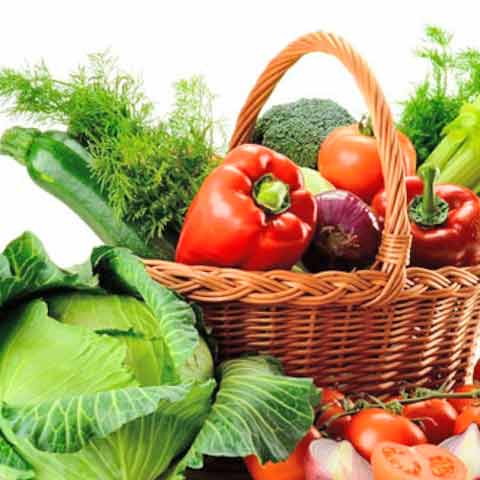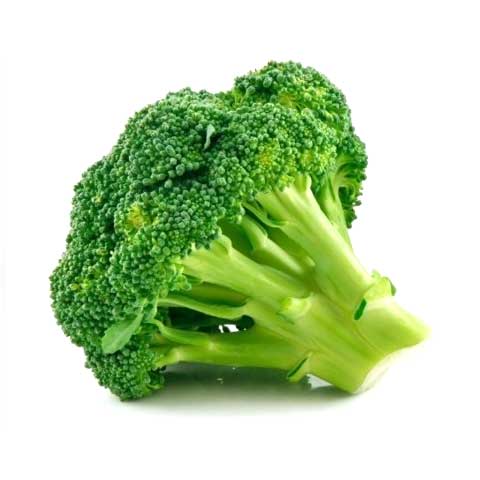
Parsley, freeze-dried
You can easily calculate the calorie and nutritional values of Parsley, freeze-dried for different amounts (tbsp, cup) by clicking on the CALCULATE button. You can analyze your nutrition history by adding food into your nutrition diary.
How many calories are in Parsley, freeze-dried?
Parsley, freeze-dried contains 271 calories per 100 grams. This value corresponds to about 14% of the daily energy expenditure of an adult burning about 2000 calories a day.
Calorie, carbohydrate, protein and fat percentages of Parsley, freeze-dried
100 grams of Parsley, freeze-dried contains 42.38 grams of carbohydrate, 31.3 grams of protein and 5.2 grams of fat. It consist of 54% carbohydrate, 40% protein and 7% fat. 50% of total calories of the food are from carbohydrate, 37% are from protein, 14% are from fat.
100 grams of Parsley, freeze-dried is approximately 14% of daily carbohydrate needs, 63% of protein needs and 8% of fat needs of an adult consuming about 2000 calories of energy a day.
Recommended percentages are 50-55% carbohydrate, 15-20% protein and 20-30% fat. Total nutrition content should be close to these percentages for healthy eating.
Calculate nutritional values of Parsley, freeze-dried
271 kcal
100 gram(s)
| Amount | 100 g |
|---|---|
| Calorie | 271 kcal |
| Carbohydrate, by difference | 42.38 g |
| Protein | 31.3 g |
| Total lipid (fat) | 5.2 g |
| Water | 2 g |
| Fiber, total dietary | 32.7 g |
| Calcium, Ca | 176 mg |
| Iron, Fe | 53.9 mg |
| Magnesium, Mg | 372 mg |
| Phosphorus, P | 548 mg |
| Potassium, K | 6300 mg |
| Sodium, Na | 391 mg |
| Zinc, Zn | 6.11 mg |
| Copper, Cu | 0.459 mg |
| Manganese, Mn | 1.338 mg |
| Selenium, Se | 32.3 µg |
| Vitamin C, total ascorbic acid | 149 mg |
| Thiamin | 1.04 mg |
| Riboflavin | 2.26 mg |
| Niacin | 10.4 mg |
| Pantothenic acid | 2.516 mg |
| Vitamin B-6 | 1.375 mg |
| Folate, total | 194 µg |
| Folic acid | 0 µg |
| Folate, food | 194 µg |
| Folate, DFE | 194 µg |
| Vitamin B-12 | 0 µg |
| Vitamin A, IU | 63240 IU |
| Vitamin D (D2 + D3) | 0 µg |
| Vitamin D | 0 IU |
| Cholesterol | 0 mg |
| Ash | 19.12 g |
| Source | USDA |
How many calories are in other foods in the food group Vegetables and Vegetable Products?
Some of other foods in the food group Vegetables and Vegetable Products are listed below. You can learn how many calories are contained in food by clicking on the relevant food and reach other nutritional values, especially carbohydrate, protein and fat.
